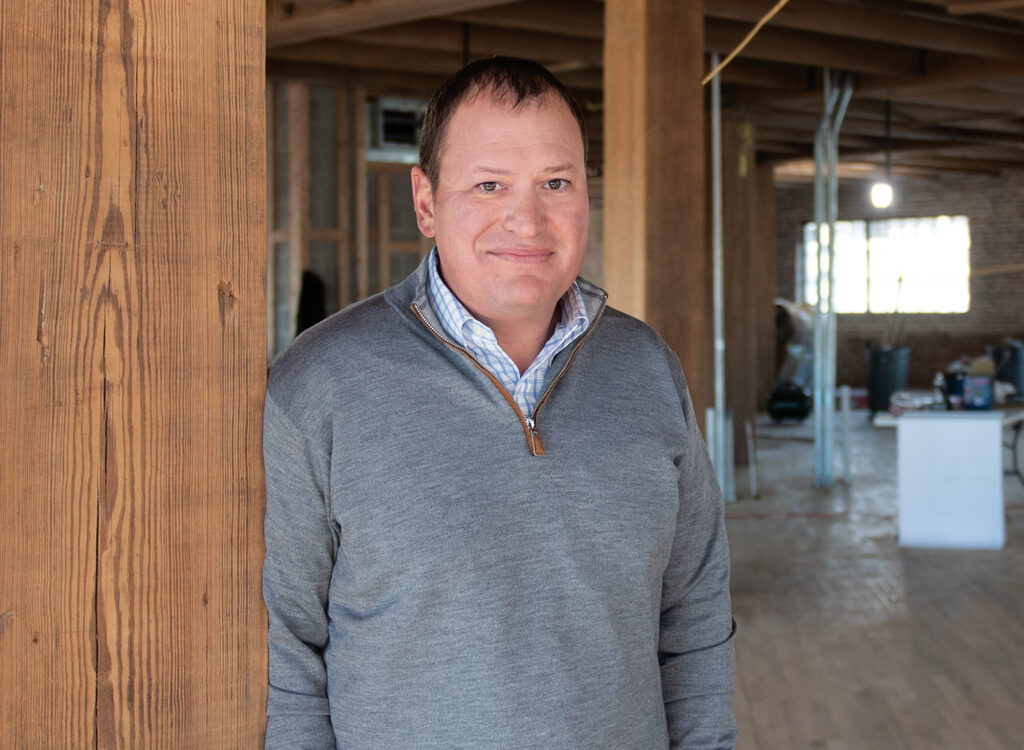The Elbert Files: Our immigration enigma

DAVE ELBERT Sep 12, 2018 | 7:30 pm
3 min read time
619 wordsBusiness Record Insider, The Elbert FilesLast month, the Des Moines Sunday Register featured an analysis of immigrant labor in Iowa. It pretty much concluded that without undocumented foreign-born workers, northwest Iowa and many other parts of rural Iowa would not be doing as well economically as they are today.
Cattleman Kent Pruismann told Register reporters that without 2,000 foreign-born workers, Sioux County would “have a huge problem.” “We don’t have the people to replace them,” Pruismann said.
By one estimate there were about 40,000 undocumented workers in Iowa in 2014, out of a total of 84,000 immigrants.
Most economists will tell you that without foreign-born workers — both documented and undocumented — the economy of Iowa, along with much of the rest of the country, would soon falter. It’s not just the work that immigrants do. It’s that we depend on them to help shore up our Social Security system and other tax-supported programs.
The math is pretty simple.
When I began paying into Social Security in 1965, there were roughly four workers for every benefits recipient. When I began collecting Social Security in 2013, there were fewer than three workers per beneficiary. That’s expected to drop to two by 2030.
It will fall even faster if we get rid of immigrants, as northwest Iowa’s Congressman Steve King and others want to do.
What people like King either ignore or don’t understand is that foreign-born workers are shoring up Social Security, which is something that needs to be done because our native-born population is not keeping pace.
The U.S. birth rate has been declining for decades and hit a 30-year low in 2017.
I was born in 1947 and am part of the baby boom generation that exploded when soldiers returned from World War II and began having families. The increase in births lasted until 1964, which was when leading-edge baby boomers began having children of our own.
But instead of having three, four, five or more children as our parents’ generation did, most of us had two or one or none.
The U.S. birthrate peaked at about 25 births per 1,000 population in the mid-1950s and fell to around 20 in the mid-1960s. By the time my children were born in 1979 and 1980, it was more like 15 births per 1,000 people. Now it’s approaching 10.
That’s why we now have fewer than three workers per Social Security beneficiary and why we’re headed to two.
No matter how much you tax workers, or how much you cut benefits, at some point the system becomes unsustainable, and that’s what has experts worried. That is why having large numbers of foreign-born workers is good. Not only do they pay into the system, many have larger families, which helps keep our retirement system functioning.
Smart business leaders recognize this, which is why there was a headline in the New York Times over Labor Day weekend saying: “Companies say Trump is hurting business by limiting legal migration.”
It’s not just business leaders that see what’s happening. A new poll sponsored by Grinnell College shows that understanding of the problem is deeper than many realize.
The inaugural edition of the Grinnell College National Poll found only 16 percent of U.S. adults believe there are too many lawful immigrants, and only 13 percent say lawful immigrants are taking jobs from Americans, while 75 percent say lawful immigrants do not abuse government aid programs.
Nor do people believe that undocumented immigrants are a threat to our safety, as President Donald Trump, Rep. Steve King and others would have us believe. According to the Grinnell Poll, two out of three adults say the violent crime rate of undocumented immigrants is no higher than it is for native-born citizens.








